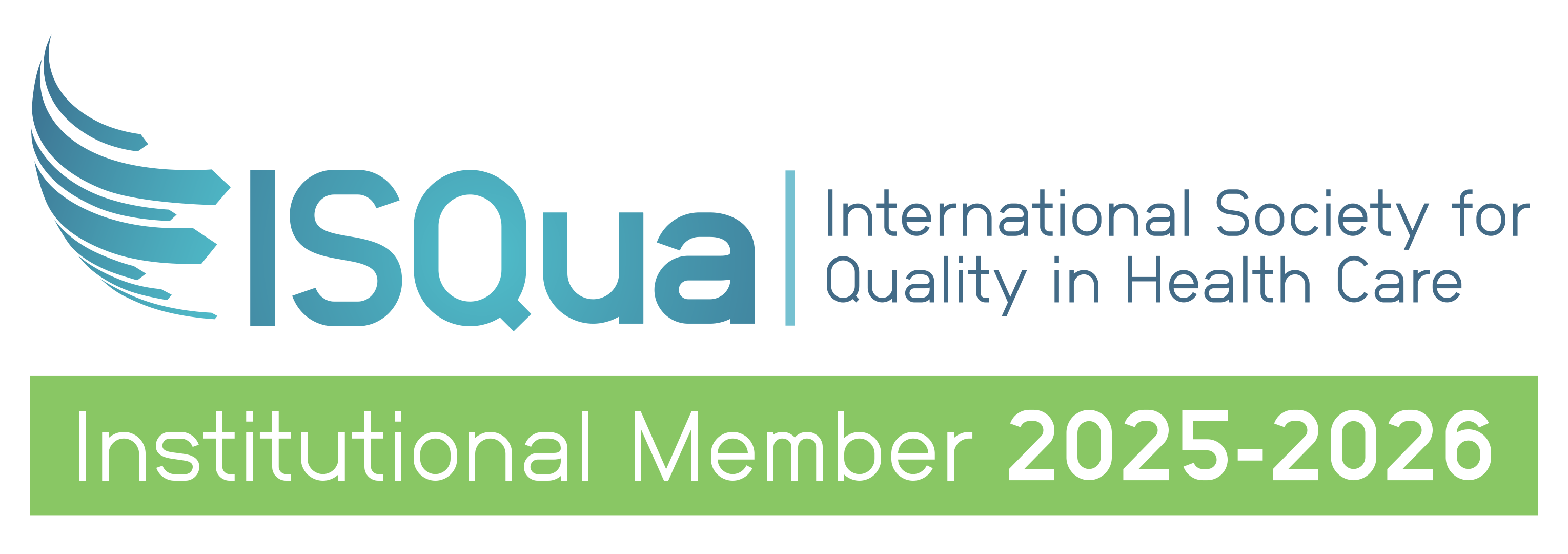
Indicator Set updates
The following sets have been updated and are to be implemented in the upcoming submission. Please review the following for changes to these indicator sets.
Hospital in the Home Indicators
In Version 6, of Hospital in the Home indicators there were changes in four major areas. With Area 1 (Patient safety, selection, communication and care co-ordination) revised, the indicators for unexpected communication by the patient or their representative were merged to include both clinical and administrative telephone calls.For all of Area 1, Area 2 (Service interruption) and Area 3 (Unexpected deaths) they were revised to encompass all patients without distinguishing between neonatal, paediatric and adult’s patient types as these will now be captured via stratification of the data. Additionally, the denominators for all these indicators were revised to capture patient admissions rather than bed-days.
A new Area (Review of patient experiences) was created with three new indicators that review patient experience and whether this feedback is reported to the Hospital in the Home service, and if further investigation is carried out for events described in Areas 1 and 2.
This indicator set is released for collection in the 1st Half 2022 with submissions commencing in the 2nd Half 2022.
Emergency Medicine
There are quite a few changes in the update to the Emergency Medicine set. Most of these changes are the measurements of patient flow. This update has organised 26 indicators into nine specific areas.There were no changes in Area 1 (Waiting Time), Area 3 (Mental Health Presentations), Area 4 (Critical Care), and Area 8 (Unplanned re-attendance). A minor change to ST-segment elevated myocardial infarction (STEMI) management with the time to balloon opening within 60 minutes removed and with the door to balloon time of 90 minutes for percutaneous coronary intervention (CI 2.2) remaining.
Under Sepsis Management (Area 5), CI 5.1 “Time of antibiotic administration for paediatric patients within 60 minutes” was removed and replaced with a CI covering all patients. Additionally, a blood lactate measure greater than 2.0 mmol/L was added to the metabolic acidosis criteria.
The indicators 6.2 “Documented evidence of patient-centred discharge information and instructions provided to the patient or carer”, 7.1 “Documented initial pain assessment at triage” and 7.3 “Documented pain reassessment within 30 minutes of analgesic therapy” were removed.
A new area called Patient Flow (Area 9) has been added. It contains nine indicators measuring patient flow out of the Emergency Department (ED) to either the Ward, Short Stay Unit or Discharge. These measurements aim to measure ED block with an aim to reduce overcrowding and align with the National Emergency Access Targets.
Geriatric Care
The inaugural Geriatric Care set aims to provide indicators for all healthcare organisations who treat older people. The set has been endorsed by the Australian and New Zealand Society for Geriatric Medicine (ANZSGM).The stratification of organisations expected to submit indicators falls into three categories: Residential Aged Care facilities; Hospitals with Geriatric specific care; and non-Hospital or Residential aged care facilities (a catch-all category). The set is broken down into four areas looking at Functional assessment and planning; Medications; Discharge; and Unplanned readmissions.
Functional Assessment and planning focuses on assessment for cognition, physical function, nutrition screening and delirium planning. The Medications area focuses on medication reconciliation and Benzodiazepine use. The Discharge area has indicators for follow-up planning, rehabilitation management and returning home after discharge. Finally, the unplanned readmissions measures 28-day unplanned readmissions among the elderly.
It is hoped that this set will grow in prevalence amongst both geriatric specialist organisations who are currently ACHS members as well as the growing pool of Residential Aged Care facilities which are becoming ACHS members with an increasing focus on benchmarking across the aged care industry.

